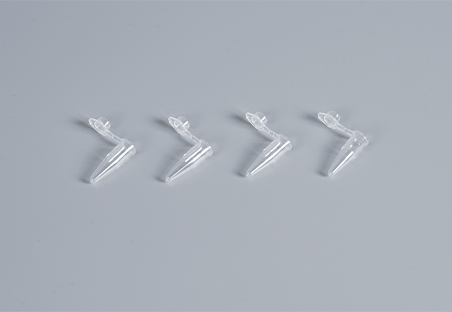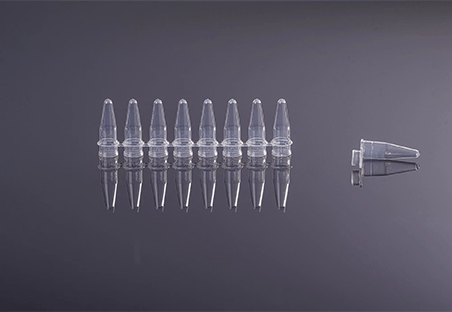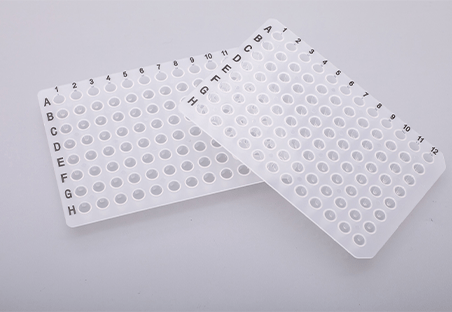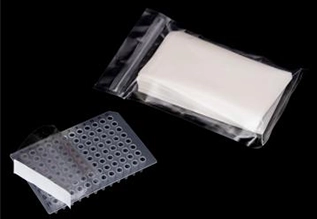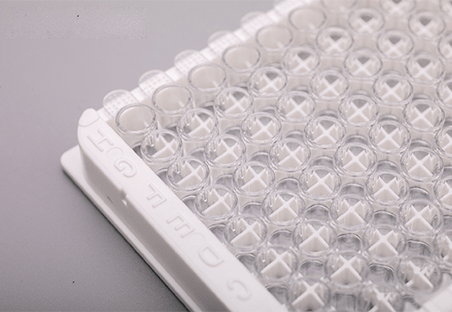In the fast-paced world of scientific research and experimentation, precision and efficiency are paramount. One critical aspect of laboratory work is the sealing of various containers to protect samples from contamination and ensure accurate results. In recent years, Aluminum Foil Sealing Film has emerged as a game-changer in this domain, especially in techniques like Polymerase Chain Reaction (PCR). This article explores the significance of Aluminum Foil Sealing Film and how it contributes to enhanced laboratory efficiency, focusing on PCR sealing film.
Understanding PCR Sealing Methods
Traditional sealing methods in PCR laboratories typically involve the use of adhesive films, cap strips, or heat-sealing mats. Adhesive films are commonly used due to their ease of application and removal, while cap strips provide a convenient solution for sealing individual wells in PCR plates. Heat-sealing mats offer a secure seal by applying heat to melt the plastic film onto the plate.
Despite their widespread use, traditional sealing methods present several limitations and challenges. Adhesive films can be prone to contamination if not applied properly, leading to unreliable results. Cap strips may not provide a consistent seal across all wells, resulting in potential evaporation or cross-contamination between samples. Heat-sealing mats require additional equipment and can be time-consuming to apply, especially in high-throughput settings. Moreover, these methods may not be compatible with certain PCR plate formats or may result in damage to delicate samples.
Aluminum foil sealing film offers a promising alternative to traditional sealing methods in PCR applications. This innovative solution provides precise sealing of PCR plates, ensuring a secure barrier against contamination and evaporation. The aluminum foil material creates a tight seal that is compatible with various PCR plate formats, including standard and deep-well plates. Additionally, aluminum foil sealing film can be easily applied and removed without the need for additional equipment, making it ideal for both manual and automated workflows.
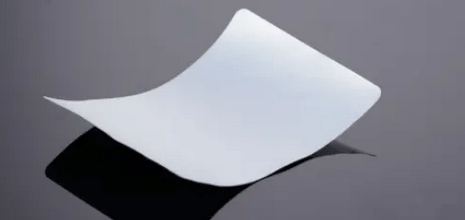
The Advantages of Aluminum Foil Sealing Film in PCR Applications
- Consistent and Uniform Sealing
Aluminum Foil Sealing Films provide a consistent and uniform seal across multiple wells or tubes. This ensures a reliable barrier against contaminants, reducing the risk of cross-contamination and maintaining the integrity of the samples.
- Heat Resistance
PCR involves multiple cycles of heating and cooling. Aluminum Foil Sealing Films are designed to withstand these temperature fluctuations, providing a robust and reliable seal throughout the PCR process. This heat resistance is crucial for the success of PCR reactions, as any compromise in sealing could lead to inaccurate results.
- Easy Application
The ease of application is a significant advantage of Aluminum Foil Sealing Film. With user-friendly designs, these films can be quickly and securely applied to microplates or tubes, saving valuable time in the laboratory. This ease of use is particularly beneficial in high-throughput settings, where efficiency is a top priority.
- Peelability
Another noteworthy feature of Aluminum Foil Sealing Film is its peel ability. Researchers can easily remove the seal without the risk of sample contamination. This is crucial for downstream applications, such as DNA extraction or sequencing, where uncontaminated samples are paramount.
- Compatibility with Automated Systems
As laboratories increasingly adopt automation for efficiency, Aluminum Foil Sealing Film proves to be compatible with various automated systems. This compatibility streamlines the PCR process, reducing manual intervention and the likelihood of human error.
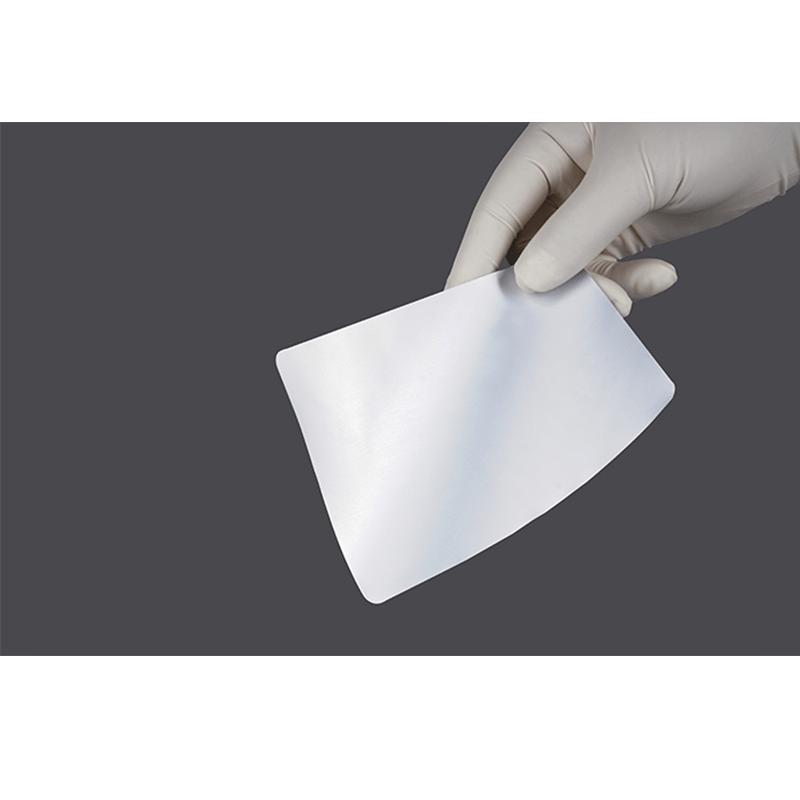
Improving Laboratory Efficiency with Aluminum Foil Sealing Film
Time-saving Benefits
Aluminum foil sealing film offers significant time-saving benefits in PCR laboratories. Unlike traditional sealing methods that may require individual application to each well or plate, aluminum foil sealing film can be applied quickly and uniformly across an entire PCR plate. Its easy application and removal streamline the sealing process, allowing researchers to focus their time and efforts on other critical tasks.
Moreover, the compatibility of aluminum foil sealing film with automated systems further enhances efficiency by reducing manual intervention and increasing throughput. Overall, the time saved by using aluminum foil sealing film translates to increased productivity and faster turnaround times for PCR experiments.
Reduction of Error Rates
The precision sealing capabilities of aluminum foil sealing film contribute to a reduction in error rates within PCR workflows. Traditional sealing methods, such as adhesive films or cap strips, may be prone to inconsistencies in sealing quality, leading to potential sample contamination or evaporation.
In contrast, aluminum foil sealing film creates a reliable barrier that minimizes the risk of contamination and ensures sample integrity throughout the PCR process. By maintaining a tight seal across all wells, aluminum foil sealing film helps to mitigate errors associated with sample handling and processing, ultimately improving the reliability and reproducibility of PCR results.
Enhancing Workflow Efficiency
Aluminum foil sealing film enhances workflow efficiency by simplifying the sealing process and optimizing PCR workflows. Its compatibility with various PCR plate formats and seamless integration into both manual and automated systems make it a versatile solution for laboratories of all sizes. With aluminum foil sealing film, researchers can streamline their workflow from sample preparation to data analysis, eliminating unnecessary steps and reducing the likelihood of errors.
Additionally, the elimination of time-consuming troubleshooting associated with inadequate seals or contamination issues further contributes to enhanced workflow efficiency. By maximizing efficiency throughout the PCR workflow, aluminum foil sealing film empowers researchers to achieve faster results and accelerate scientific discoveries.
Conclusion
In conclusion, the utilization of Aluminum Foil Sealing Film in PCR applications represents a significant leap forward in laboratory efficiency. Its consistent and uniform sealing, heat resistance, easy application, peel ability, and compatibility with automated systems make it a valuable tool for researchers striving for precision and reliability in their experiments.
As laboratories continue to push the boundaries of scientific discovery, the importance of reliable consumables, such as Aluminum Foil Sealing Film, cannot be overstated. Embracing advancements in sealing technology not only enhances the accuracy of experimental results but also contributes to the overall efficiency of laboratory workflows. In the realm of PCR and beyond, Aluminum Foil Sealing Film stands as a testament to the impactful intersection of innovation and practicality in the scientific community.
